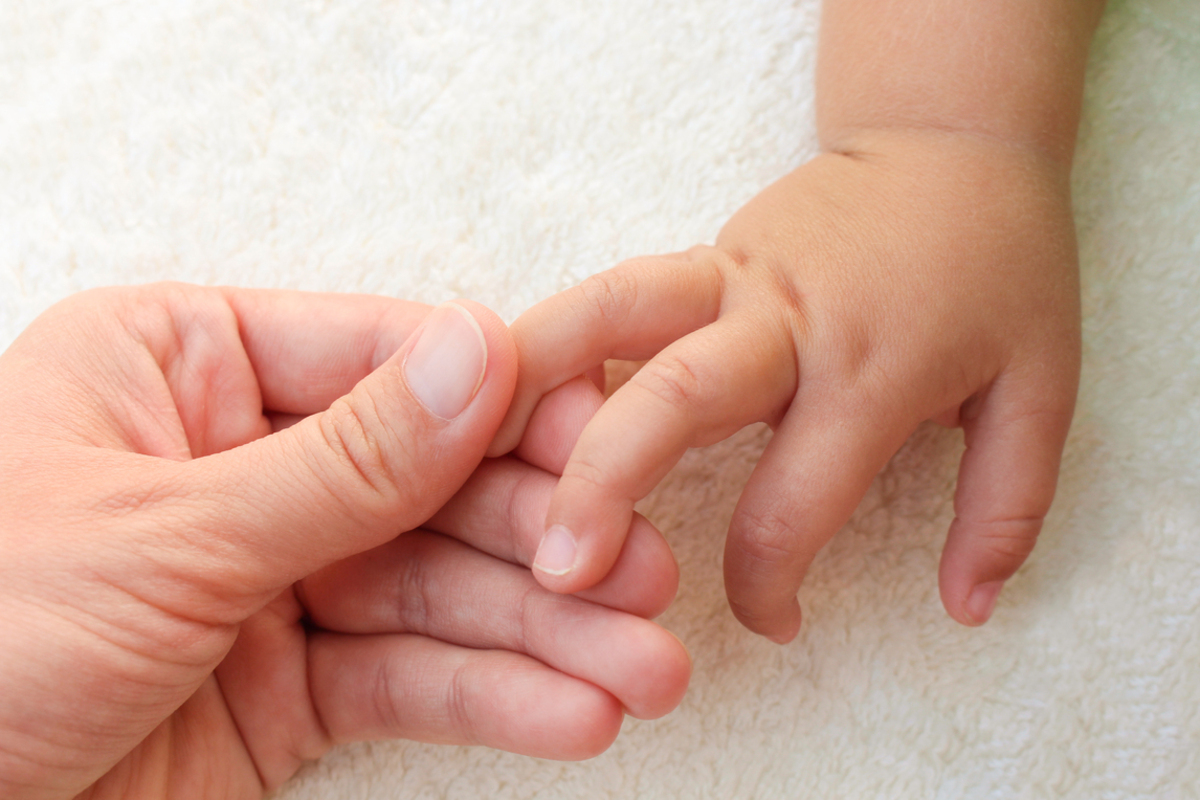Autism and Rett Syndrome may initially share some important symptoms in common — but they are ultimately very different conditions. What do you need to know?

What is Rett Syndrome?
The first stage of Rett Syndrome — lasting a few months to over a year — is hardest to catch because the symptoms are often fairly subtle. Both parents and doctors may miss them. The earlier warnings signs, which can emerge anywhere between six months and 18 months of age, can include slowed developmental progress, a gradual loss of muscle tone, slowed head growth, difficulty eating or swallowing, jittery arm and leg movements. Some hand-wringing motions, and a reduced ability to make eye contact, look at things, and interest in playing with toys are also possible.
Stage two is also called the rapid destructive stage for a reason, as it is accompanied by a rapid or more gradual, but nonetheless obvious, regression. During this stage:
- The child loses voluntary control of their hands and instead manifests the hand-wringing, tapping, or clapping motions so characteristic of Rett Syndrome. The child may bring their hands to their mouth or appear to be making "washing" movements with their hands — while being unable to control their hands. These movements tend to subside while the child is sleeping.
- The child often develops breathing difficulties. Both temporary stops in breathing (apnea) and hyperventilation are possible.
- Patients can display motor abnormalities.
- Slowed head growth usually becomes apparent.
- The child may develop severe difficulties in social communication, including losing the ability to speak.
After this stage, somewhere between the ages of two and 10, a child with Rett Syndrome, the so-called pseudo-stationary stage sets in. Patients have apraxia, meaning little control over motor skills, and seizures are common. However, social communication, attention, and interest in their environment often improve during this point. This stage of Rett Syndrome is also called the plateau stage because many patients stay in it.
Some will, on the other hand, find themselves in stage four of the condition — featuring physical symptoms such as declined motor control, muscle weakness, and scoliosis (an abnormal spinal curvature that can hinder breathing in severe cases).
Autism vs Rett Syndrome: Similarities and differences
Autism spectrum disorder is another, much more common, neurodevelopmental disorder characterized by difficulties with social communication and interaction, and a strong preference for routines and sameness. The similarities between Rett Syndrome and autism are hard to miss:
- Like children with autism, children with Rett Syndrome will struggle to make eye contact during phase two of the condition's course of disease.
- Like children with autism, those with Rett Syndrome will, during its regressive phase, struggle with social interaction and communication.
- Just as children with Rett Syndrome will regress — losing skills they once had — this happens in some children with autism, though that is far from universal.
There are, however, marked differences between autism and Rett Syndrome. While the social communication skills and eye gaze of children with Rett Syndrome will improve, autistic people continue to have differences in these domains for the rest of their lives. Though autistic people may make unusual hand movements while engaging in self-stimulatory behaviors, they typically have very good control over the overall functioning of their hands, can usually walk normally, and have large rather than small head circumferences during childhood. While autism is predominantly diagnosed in boys, children with Rett Syndrome are almost always female.
Is Rett Syndrome an autism spectrum disorder?
No. Because of the fact that there are some similarities in possible symptoms, Rett Syndrome was initially thought to be part of the autistic spectrum — but it isn't. These two conditions are now known to be very different. The diagnostic criteria are also set up in such as way that makes it impossible to diagnose the same person with both Rett Syndrome and autism. This is, however, controversial, with some research suggesting that it is possible for a person to have comorbid Rett Syndrome and autism spectrum disorder.
- Photo courtesy of SteadyHealth


Your thoughts on this